Suppose I have the following data:
mymatrix1 <- matrix(data = 0, nrow = 105, ncol =2)
mymatrix2 <- matrix(data = 0, nrow = 108, ncol =2)
mymatrix3 <- matrix(data = 0, nrow = 112, ncol =2)
mymatrix1[,1] <- sample(0:1, 105, replace= TRUE)
mymatrix1[,2] <- rnorm(105, 52, 2)
mymatrix2[,1] <- sample(0:1, 108, replace= TRUE)
mymatrix2[,2] <- rnorm(108, 60, 2)
mymatrix3[,1] <- sample(0:1, 112, replace= TRUE)
mymatrix3[,2] <- rnorm(112, 70, 2)
for(i in 1:3){ colnames(mydata[[i]]) <- c("class", "readcount") }
mydata <- list(mymatrix1, mymatrix2,mymatrix3)
I get the plot for mydata[[1]] as I want it using the following:
qplot(class, readcount, data = as.data.frame(mydata[[1]]), geom="boxplot", fill = factor(class))+
geom_jitter(position=position_jitter(w=0.1,h=0.1))+
scale_x_continuous(breaks=c(0,1), labels=c("0", "1"))
Now, how would I get all the box plots next to each other (so iterate over the list)? Using grid.arrange? But that would give me different scales... what if I wanted the same scale? Can someone show both?

